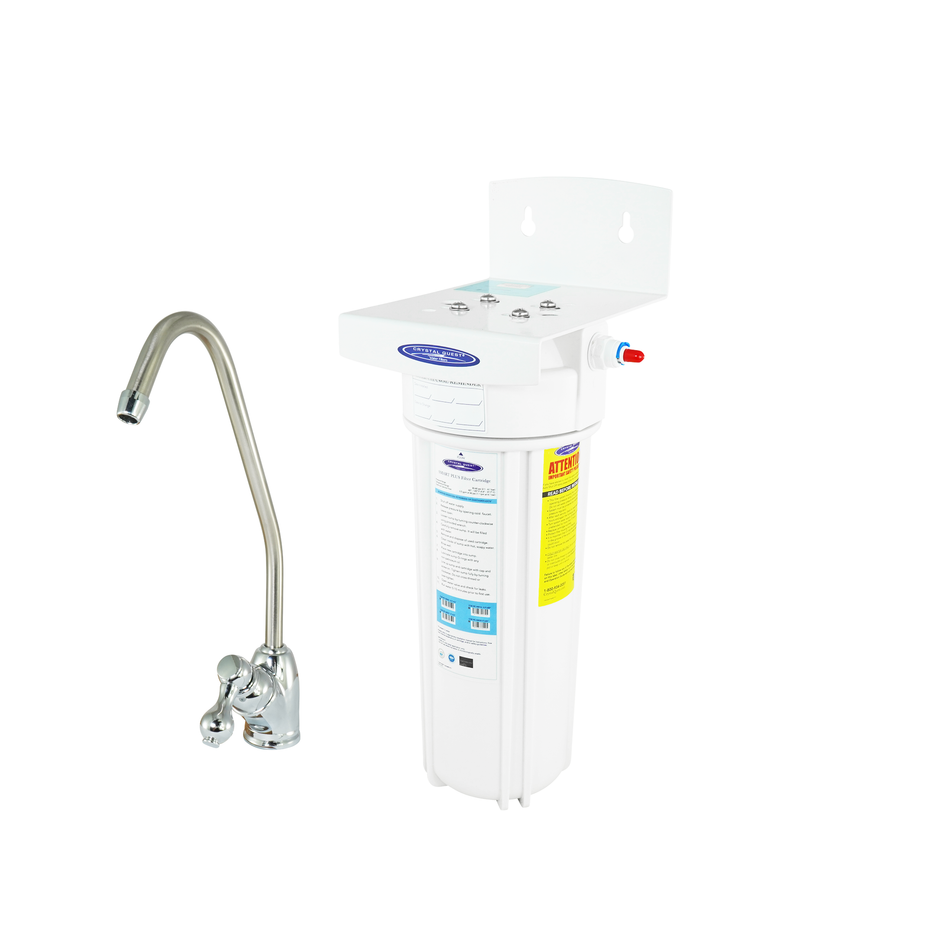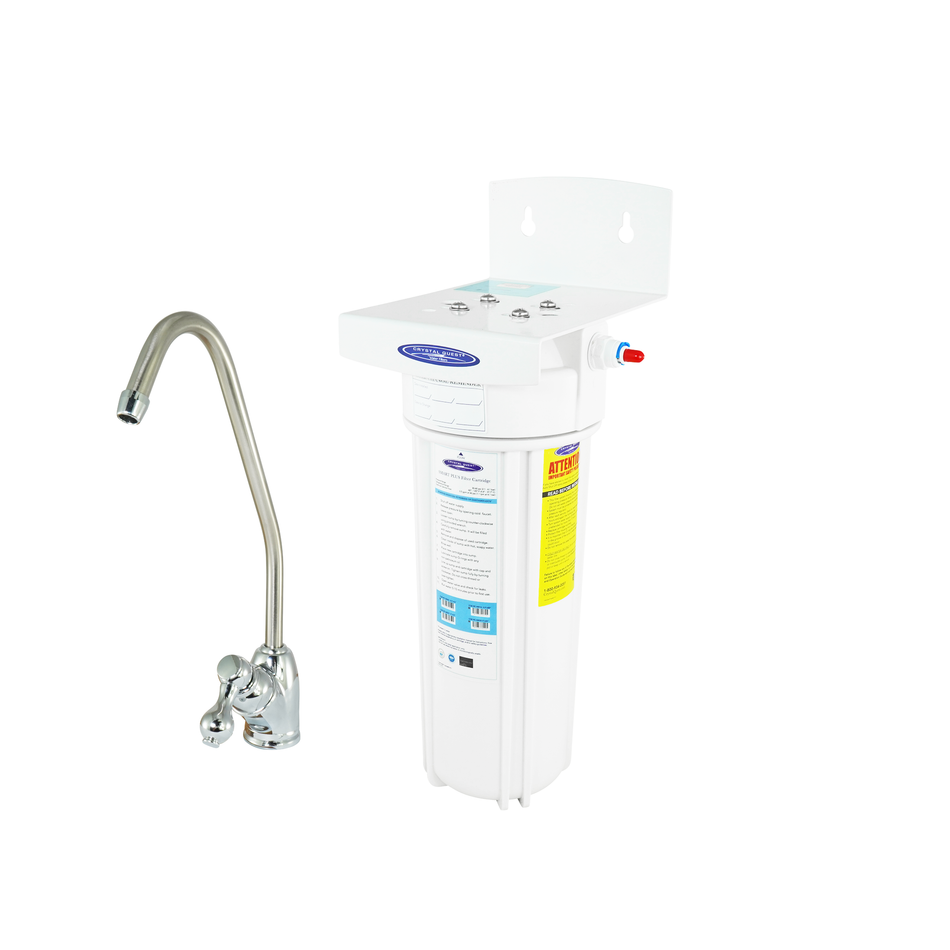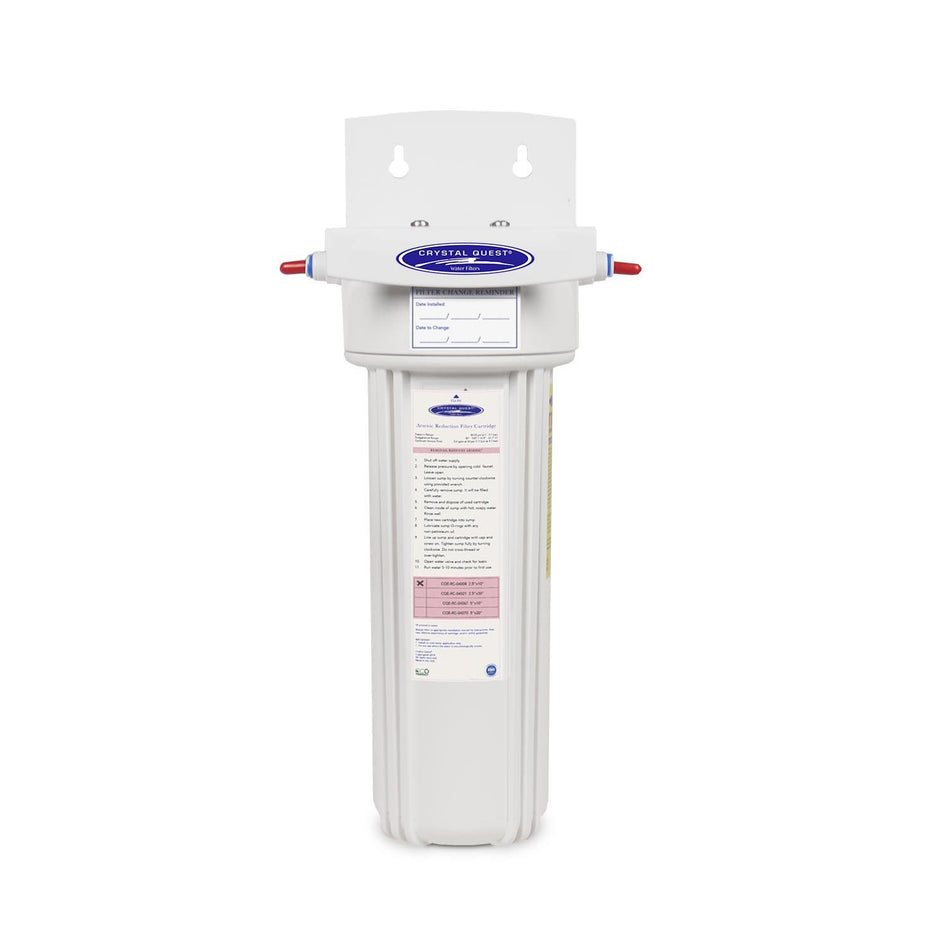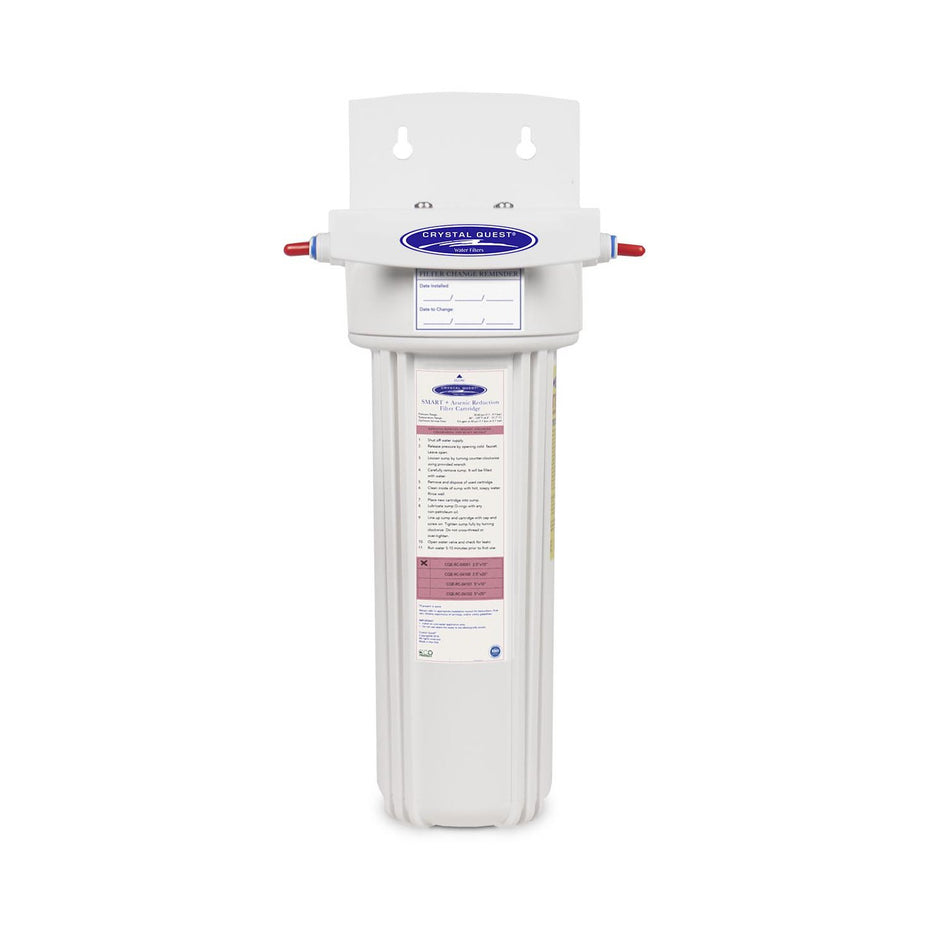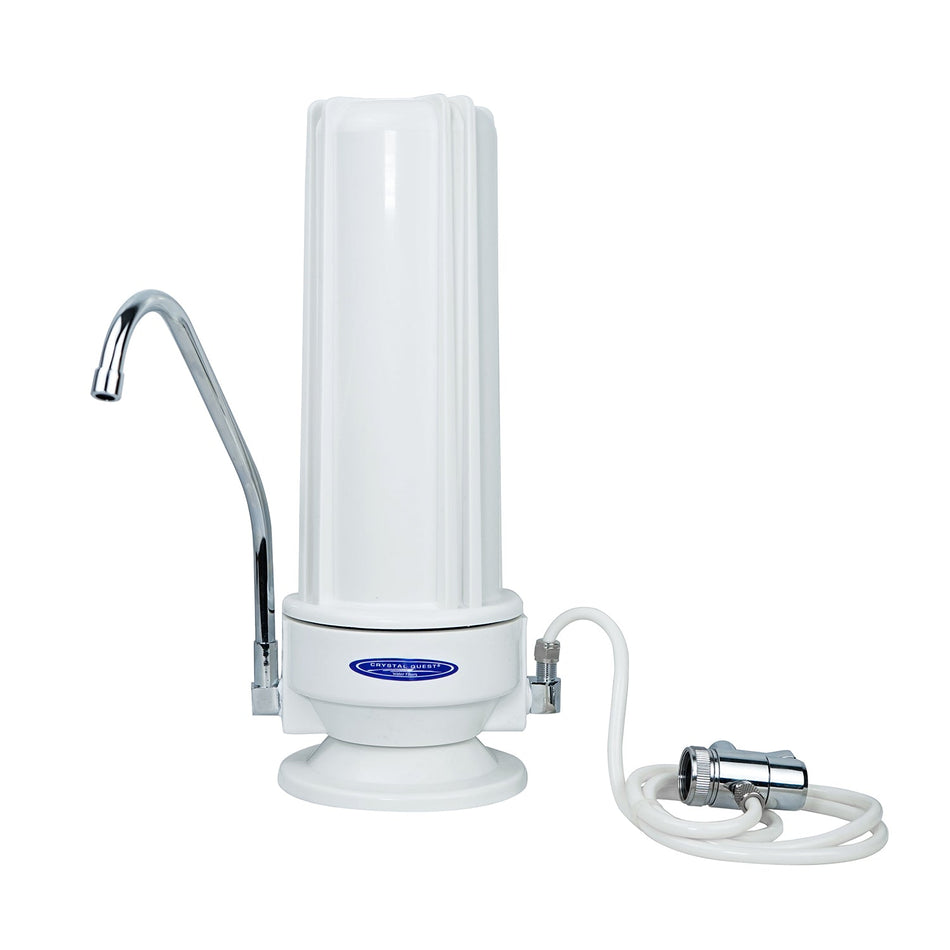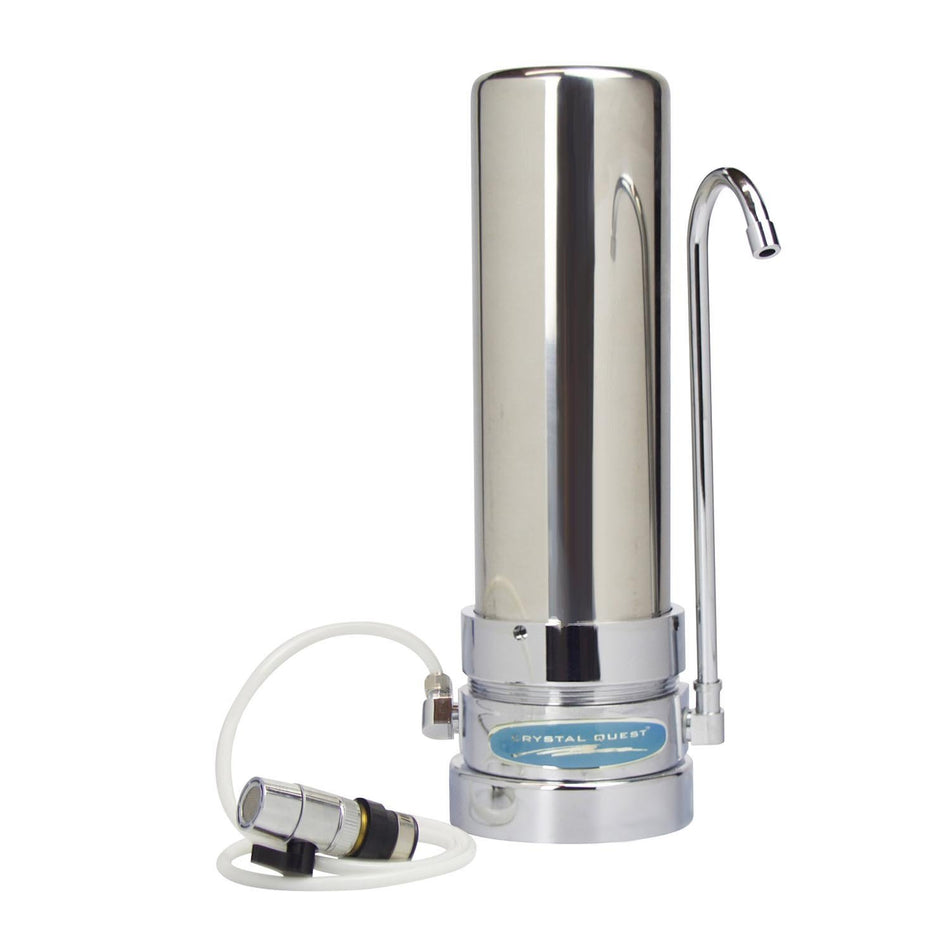11 Products
Collection: Arsenic Removal

Arsenic (As) is a semi-metal element that has no taste, odor, or color, and is not easily dissolved. It occurs naturally in the environment, as a by-product of mining, or agricultural areas when materials containing arsenic are used as industrial poisons. Arsenic is considered highly toxic and a carcinogen. Arsenic is not easily dissolved in water. Therefore, if it is found in a water supply, it usually comes from mining or metallurgical operations or from runoff from agricultural areas where materials containing arsenic were used as industrial poisons. Arsenic in water has no color, taste or odor. Arsenic and phosphate easily substitute for one another chemically, therefore commercial grade phosphate can have some arsenic in it. Arsenic is highly toxic and has been classified by the US EPA as a carcinogen, which was derived from toxicity considerations rather than carcinogenicity. In 2001, the EPA adopted a lower standard for arsenic in drinking water of 10 parts per billion (ppb) replaces the old standard of 50 ppb. The current MCL for arsenic is 0.010 mg/l as of 01/23/06. Information about arsenic in water can be found on the US Environmental Protection Agency website HERE.
SIGNS & Symptoms
Arsenic won't effect the taste or smell of drinking water enough to call attention to such contamination. Some of the symptoms ingestion include restlessness, nausea, vomiting, headaches, dizziness, chills, cramps, irritability, and variable paralysis which may progress over a period of several weeks. Ventricular (heart) arrhythmia, may also occur. The report from your water utility will contain the most recent tests results; however, it won't include averaging over a long period.
What Causes it?
Most arsenic (arsenic salt) enters water supplies either from natural deposits in the earth or from industrial and agricultural pollution. Arsenic is a natural element of the earth's crust. It is used primarily in industry and agriculture, as well as other purposes. It also is a by-product of copper smelting, mining, and coal burning. US industries release thousands of pounds of arsenic into the environment every year.
Primary Concerns
Arsenic is not a contaminant to be taken lightly. According to a 1999 survey by the National Academy of Sciences, arsenic in water causes bladder, lung, & skin cancer and may cause kidney & liver cancer as well. The study also found that arsenic harms the central & peripheral nervous systems as well as heart and blood vessels and causes serious skin problems. It also may cause birth defects and reproduction problems. There are primarily long-term effects; however some of the short term effects are included in the 'Signs & Symptoms' section above.
Solutions
If you show any of the above mentioned symptoms or the local water utility report displays the presence of arsenic, you may consider contacting the county for proper testing on your water source. If tests confirm the presence of arsenic, there are solutions for your problems. Crystal Quest® systems help in reducing and/or eliminating the arsenic problem.
Arsenic Concentrations

To inquire about the right water filtration system for you, please email help@crystalquest.com or call 1-800-934-0051



















